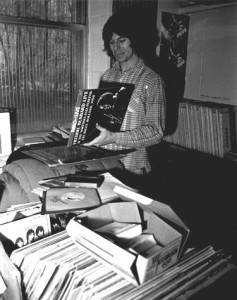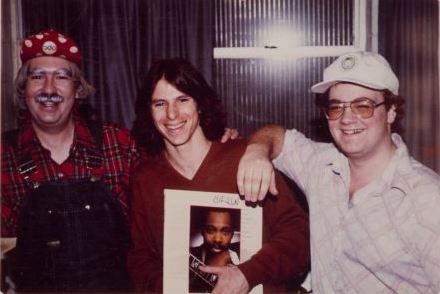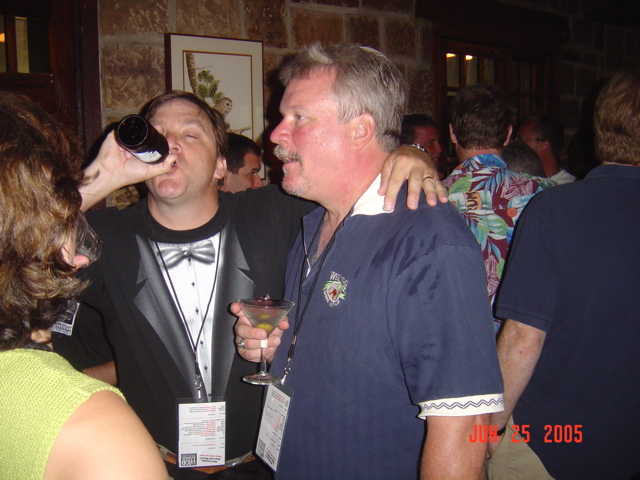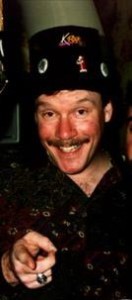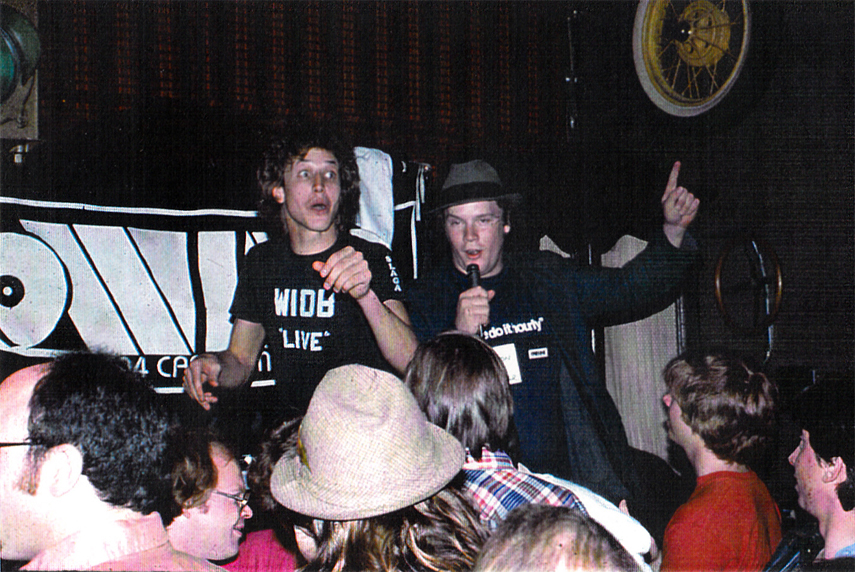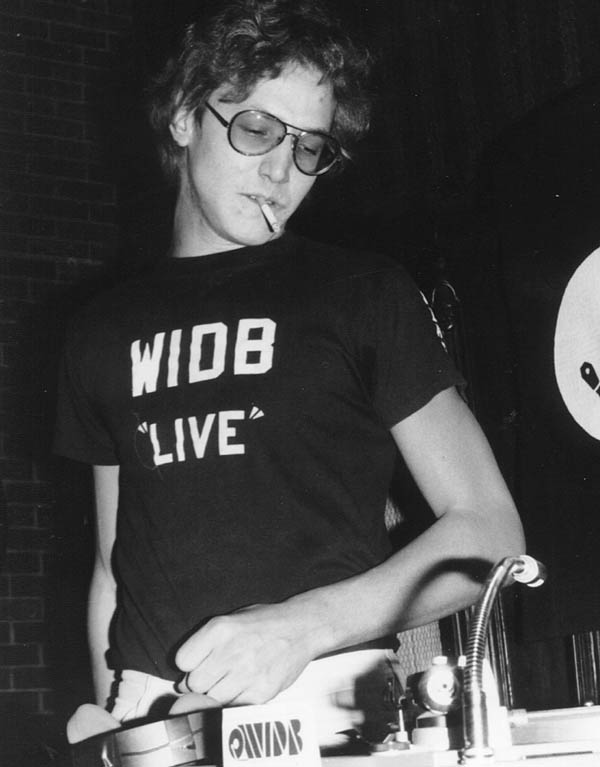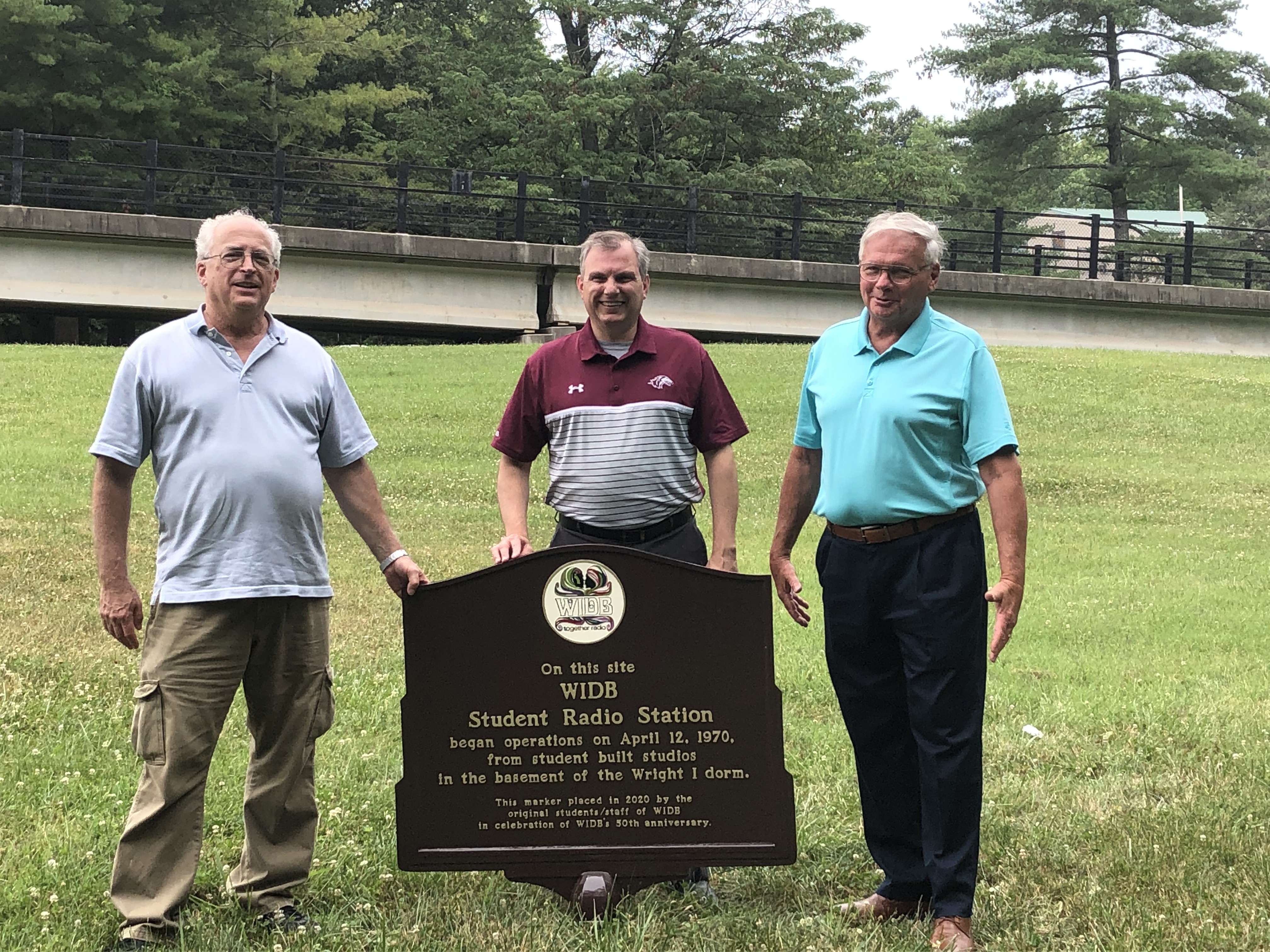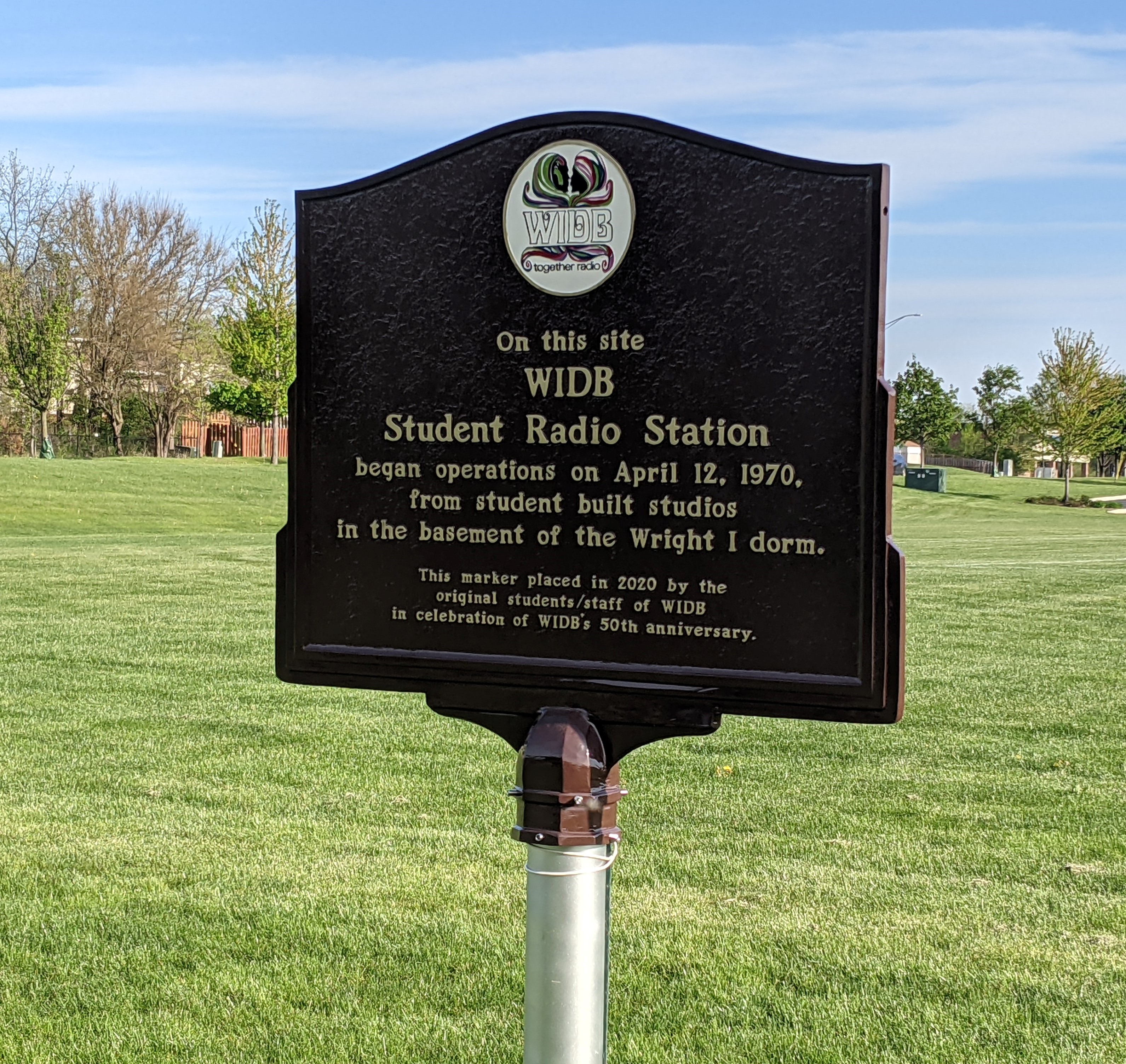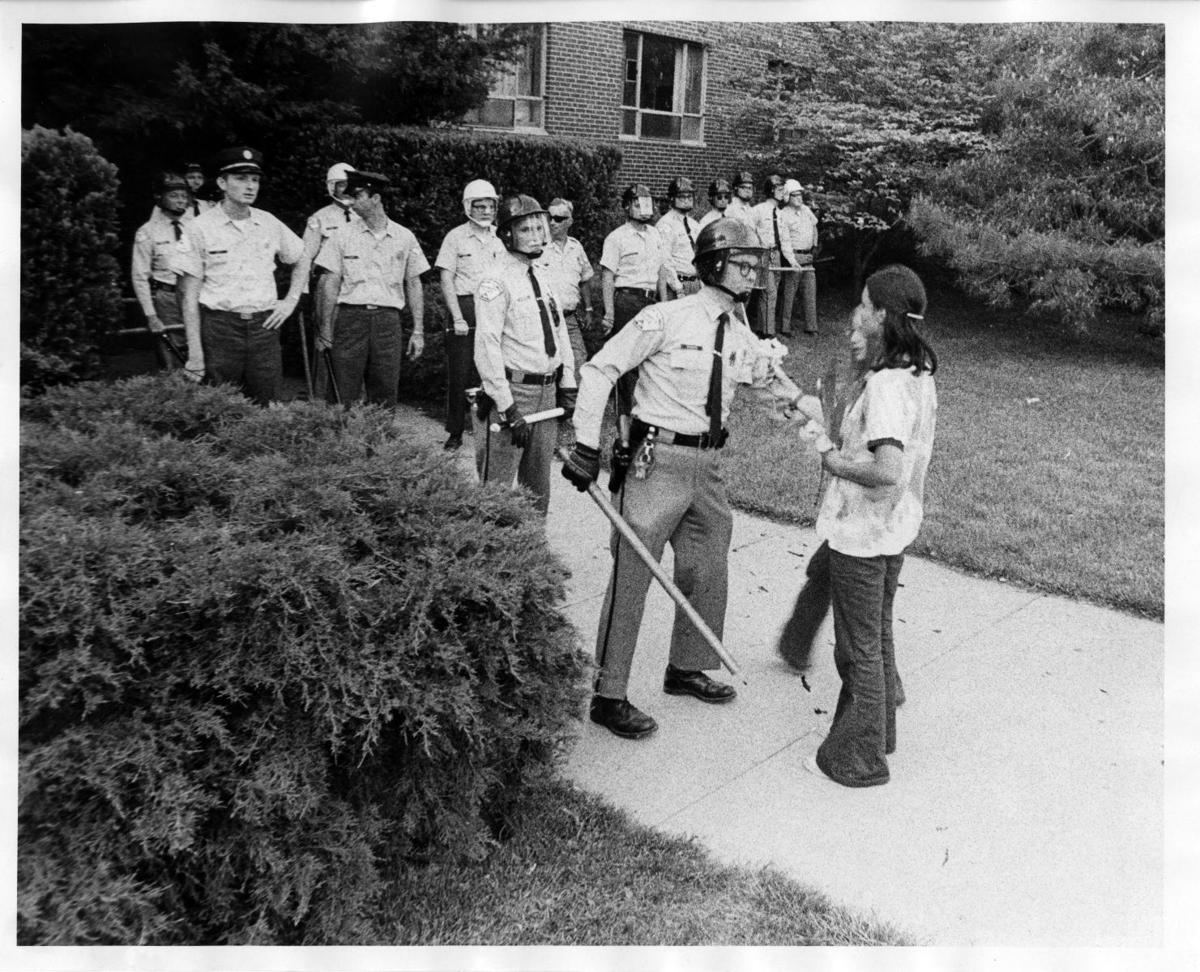This stream goes live at 1pm CT on Sunday 4/12/20.
Click the “Play” triangle that will appear on the right 10 minutes before the stream begins to listen in!
(You can hit “Play” before the starting time,
but there will be no programming until 1pm Sunday.)
WIDBNetwork is on Mixlr
If you don’t see a “Play” arrow wait until 10 minutes before the live stream begins.
This was the state of affairs in late March, 1970. The transmitters had finally been ordered, and the sign-on date of 4-12-70 was fast approaching,. Some thought ordering the transmitters was the end of a long process. It was really just the beginning. Purchasing equipment was easy compared to installation. It all sounds so simple! Just hook it up, plug it in and make it work! That’s all the WIDB engineers had to do. Jerry Chabrian, WIDB Founder and first GM, and Dan Mordini, first WIDB chief engineer, assisted by Bruce Whiteside and Lew Wright, had this task: Install three 20 watt AM transmitters in Schneider, Mae Smith, and Neely, and 4 watt transmitters in Allen, Boomer, and Wright, and make them carry WIDB into every dorm room on 600 AM.
Dan secured a copy of plans for each of the towers and triads. Dan, Bruce, Jerry, and the supporting cast finally had access to the proposed transmitter locations, but it was already the third week in March. The transmitters needed to be installed by the end of spring break. Spring quarter began the last week in March. Dan and the crew got all six transmitters installed in the East Campus dorms by the installation date shown on the plans, March 26, 1970. But the studio was not wired yet. Microphones to wall receptacles to patch board to mixing board to distribution amplifier to telephone lines to transmitters. There was a Volumax in there somewhere. Also, turntables, cart machines, reel-to-reel tape decks. And headphones, remote switches to start cart machines, turntables, and microphones. Each room needed telephones. The telephone system needed an intercom. Everything had to be completed, tested, ready, in days.
The engineering frenzy of activity had taken on a life of its own. As Spring Quarter began at the end of March, Jerry, Bruce, and Dan had the expected “up-all-night-for-a-week” look. Wires, equipment, tubes, tools, food and drink remnants, were scattered everywhere. It looked like they’d never finish, and no one knew how long they could keep going. There were sporadic phone calls, transmitter testing, and then more wiring. No one dared to ask any of them if they were planning to attend their Spring Quarter classes.
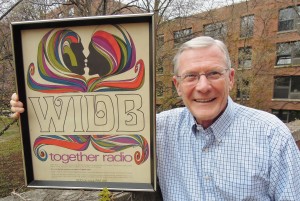
Elden Stromberg and the original WIDB Together Radio poster he designed
Engineers weren’t the only ones in action over break. Jerry had arranged for design and production of the famous “WIDB kissing twins” color poster. This was not only WIDB’s first poster, but one of the most memorable. It was designed by Don Henke and Elden Stromberg (then at University Graphics). The poster won an award from the 3M Corporation. The poster was placed in every possible strategic location in dorms, on campus & the strip. Upon return from break, the posters stimulated conversation about the new station.
Jerry said, “I spent my entire break week there at the station managing, guiding and assisting the construction of this station. I procured supplies, signed purchase orders, soldered and cut wires, (over a 6 foot distance between the board and the equipment rack, there was over a 1/4 mile of wiring) drilled holes in turntable to mount tone arms, etc. Bruce proved himself invaluable during this time.”
Meanwhile, Howie and Tom structured the programming of the new WIDB. There would be a daytime format until 11 pm. “Underground” was after 11. The daytime format required airing of records from certain playlisted cuts at certain times. Jingles, segues, and scripted “raps” were also required. News was scheduled every hour.
The date for the station to “officially” sign on was set: Sunday, April 12, 1970 at 1pm Carbondale time. Test programming continued through the first full week in April. Transmitter testing, equipment wiring, talent practice– all were proceeding at frenzied pace, simultaneously. The sign-on date was publicized.
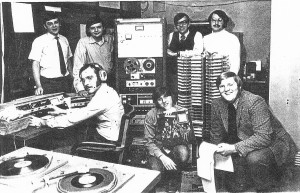
The originals L, Dan Mordini, Charlie Muren, Jerry Chabrian, Tom Scheithe, Howie Karlin, Woody (right) and Jim Hoffman, front
There was a sharp air of expectation.
But what had been an attitude of impatience in February turned into near-panic in April. The sign-on deadline had been set, and featured in the Daily Egyptian. The Kissing Twins posters had everyone talking about the new WIDB. There was no turning back. Suddenly, everyone realized how unprepared and unorganized they were. Dan, Bruce, Lew and the rest of the engineers made hourly discoveries of items needed but never anticipated. Remote starts for cart machines and turntables. Links from the telephone into the board so calls could be aired. Remote on-off switches for mics. Relays. Wires. Since few of these items were anticipated in the budget, and it was far too late to seek supplemental funding and go through the purchasing process, Dan and the crew had to come up with the stuff themselves. They were determined to meet the deadline and make everything work.
Tom and Howie were attempting to establish a coherent format, recruit, train and schedule on-air personnel, and get them some practice. The schedule was patchwork. Tom and Howie were training and scheduling jocks.There was a lot of time and effort spent on producing, editing, carting, practicing, and explaining jingles. While Howie and Tom were working on jocks, format, and jingles, Jim was working on records and playlists, Dan and the crew on wiring and equipment, Charlie Muren was seeking publicity, but there was another important area of programing–news. This area was one of the original motivators for WIDB, but in the frenzied panic of pre-sign on, it was relegated to secondary status. News would, almost immediately after sign on, present WIDB with its greatest opportunity and challenge.
Compared to the extensive audition and training process for jocks, there was little attention paid to newspeople. There was no active news director. Compared to the music format, the news format was vague. WIDB was supposed to have five minutes of news each hour. There was a UPI wire service machine, but no production studio to record or edit interviews. Sources for news copy included newspapers. As sign-on approached, it appeared doubtful Howie and Tom could fill the 112 newscasts each week. Howie announced that jocks would do the news themselves if the newsperson did not show up.
This was the overall picture in early April, 1970. Remember, just two months before, WIDB had just been kicked out of Boomer. 56 days later, WIDB was ready to officially sign on. On Sunday, April 12, 1970 interested persons assembled at the station. At 1 pm, that day, Jerry describes the scene:“As I watched the room was filled with people who built this station and their friends, some watching and waiting, others hurrying around with purpose to make sure last minute all things were go. As the clock was nearing the appointed hour, the air was saturated with the electricity of excitement, people were reporting our test tones received from distant locations, the records and carts were being cued. Discussion was made that I should make the first announcement on the station. I deferred that to honor our programming departments terrific effort. And then, sounds were coming out of the “Air” speaker. And WIDB was real.”
At 1 pm, Tom Scheithe, (using his air name of Tom Sutherland), with Dan Mordini at the board, played from the 2001 soundtrack, “Also sprach Zarathustra,” followed by the station ID “WIDB, Carbondale IS together,” followed by “Vehicle,” by the Ides of March. WIDB was officially born.
